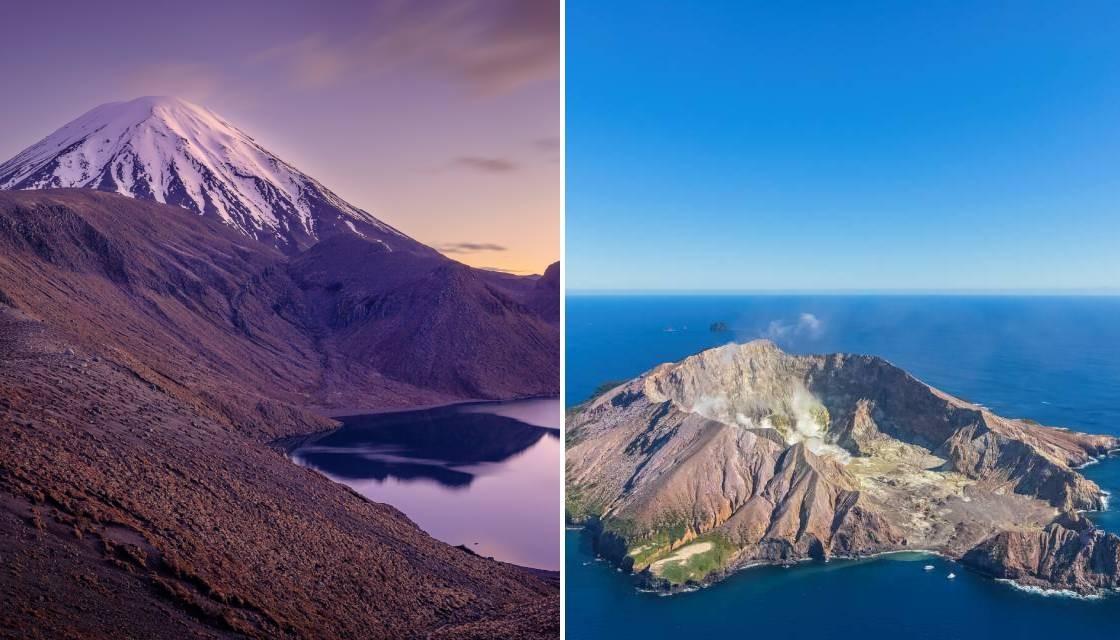Volcanic activity has increased at both Mt Ruapehu and Whakaari/White Island, with both moving to the unrest stage of the volcanic alert levels.
White Island sits at level 2 indicating moderate to heightened volcanic unrest with the potential for eruption, as well as steam eruptions, volcanic gases, earthquakes, landslides, uplift, subsidence, changes to hot springs and/or lahars. At level 3, an eruption is underway.

GNS scientists undertook a visual observation flight last week, which included measuring temperatures of the active vent area.
"Data from an observation flight at Whakaari/White Island last week shows a significant increase of the active vent temperature to just over 500C," GNS volcanologist Craig Miller says. "The state of moderate to heightened unrest continues."
The temperatures have fluctuated in the active vent area over the past six months.
The maximum temperature measured in the active vent area was 516C but recordings have not been observed that high since July-August. In the September-November period, temperatures cooled and ranged from 202C to 264C.
Miller says these observations are consistent with hot gas continuing to be released from the molten rock (magma) beneath the volcano.
"Some minor amount of ash emission continues to be observed, as during most of our previous flights. These ash deposits remain limited to areas close to the active vents. Further intermittent ash emissions may continue to occur. There was no evidence of further ash or liquid emission from the vent near the base of the 2019 landslide area."
Mt Ruapehu is at level 1, which means minor volcanic unrest that could see steam discharge, volcanic gas, earthquakes, landslides and hydrothermal activity.
The temperature of Mt Ruapehu's crater lake has varied over the past six months but is currently on the rise.
Small underground earthquakes have been recorded and the lake is currently overflowing into the Whangaehu River.
From early July to September, the lake temperature rose from 20C to 39C but it started declining in mid-October to around 23-25C.
- Funds being raised to defend pilot 'who led the charge' in Whakaari rescue
- Fake videos of White Island eruption go viral
- Fine of up to $1.5 million possible, if tour operators breached safety laws
- Jacinda Ardern fronts on White Island eruption, says 'thoughts' are with those affected
Miller says since early December, a heating trend has become established, and the lake temperature is now 31C.
"Typically, over periods of months, Ruapehu's crater lake, Te Wai ā-moe, undergoes heating and cooling cycles," Miller says.
"As is common during these heating phases, small volcanic earthquakes have been recorded since the lake temperature started to rise, caused by an increasing influx of hot steam into the lake.
"The lake colour is a dark grey colour. This is typical as sediments on the lake floor are disturbed during the influx of hot fluids and are suspended in the lake water."
Miller says despite the changes in temperatures, the volcano currently remains within normal ranges.
"The results from our continuous monitoring of seismic activity, lake temperature and water level, indicate that key monitoring parameters remain within normal ranges.
Miller did warn that Mt Ruapehu is an active volcano and has the potential to erupt with little or no warning when in a state of volcanic unrest.





